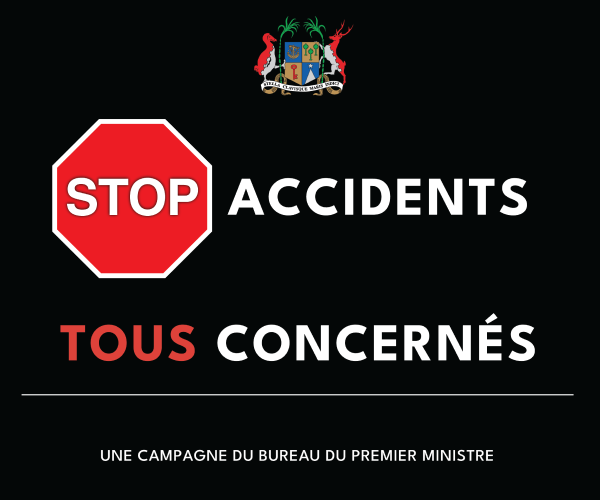Everyone hates bad customer service, but it’s amazing how many companies continue to get it wrong. Why do companies keep failing to meet customer expectations, even while putting so much effort into getting it right?
Peach Payments makes online commerce and digital payments accessible to small and large merchants across the African continent. It works with businesses in Kenya, Mauritius and South Africa, providing a toolkit that enables them to accept, manage and make payments via mobile and the web.
Nadine Martin, head of business operations at Peach Payments, says that there are five key mistakes that SMEs make when dealing with customers.

-
Using default responses to customer complaints
Online customer satisfaction can be a challenge, as problems can happen outside working hours, and face-to-face communication may be limited as a result. Martin says when things go wrong, the worst thing you can do is make the customer feel that you’re not making an effort to understand the problem. Using standard responses to complaints is one of the biggest culprits in increasing customer frustration.
“When I’m a customer I can always tell when people are using clichéd responses,” says Martin. “It’s one thing to apologise, but something else to make sure the customer feels like they’re being heard.”
To go beyond the cookie cutter response you should ask questions that go to the heart of the issue.
“Find out how they feel, what their experience was, what they expected, and what they expect you to do to resolve the issue.”
-
Not fixing the root of the problem
Many companies make the mistake of not fixing the root cause of an issue, even though it’s frustrating their customers.
“For instance, Mauritian customers are increasingly using payment methods other than cash. Some of them immediately turn away from a website that only offers cash-on-delivery rather than other payment methods. If your business only accepts cash, then you are missing out on a new, digital-savvy customer that prefers paying the way they want whether it’s on credit, buy now pay later or QR code,” says Martin.
-
Not understanding what makes your business different
These days, your customers don’t have to use any specific company’s services. This means understanding the competitive landscape is critical to creating satisfied customers.
“If you think of yourself as the customer, what will make you choose one supplier over another?” she asks. “You’re going to be constantly compared to your competitors. Differentiating yourself starts with understanding what everyone else is doing. Research what your competitors are doing on Facebook and other social media, for instance, and work out how your business is different. Then use that differentiator to build customer loyalty.”
-
Not getting your online payments right
All businesses rely on their customers paying them for their survival. But many don’t understand the importance of working out how customers want to pay. Martin says many companies already have the data they need to expand their payment offerings, they just don’t understand it.
“With so many payment methods out there, it can be daunting to understand which ones are relevant and this is why your data is so important. Speak to your payment gateway – they’ve seen it all and are perfectly positioned to advise you on which payment methods will work for you, based on your data. This could mean adding more payment options, or structuring the ones you have differently. You won’t know until you look at the information you have,” comments Martin.
-
Not keeping track of your customers’ buying patterns
Though it may seem not important at first, keeping track of your customers and what they buy can be a very useful tool in building customer satisfaction. It is also likely to encourage return clients and create a loyal customer base, Martin says.
“For example, if you sell a skin cream, you know that the client may need a new one in a month’s time. You can then, with the help of your payment gateway, address a personalised email to that client, with a payment link for the purchase,” Martin explains.
There are milliseconds between a dissatisfied customer and a social media disaster. However, as Martin points out, following a few basic steps can make the difference between being a cautionary tale and being the first recommendation customers make to their friends.






